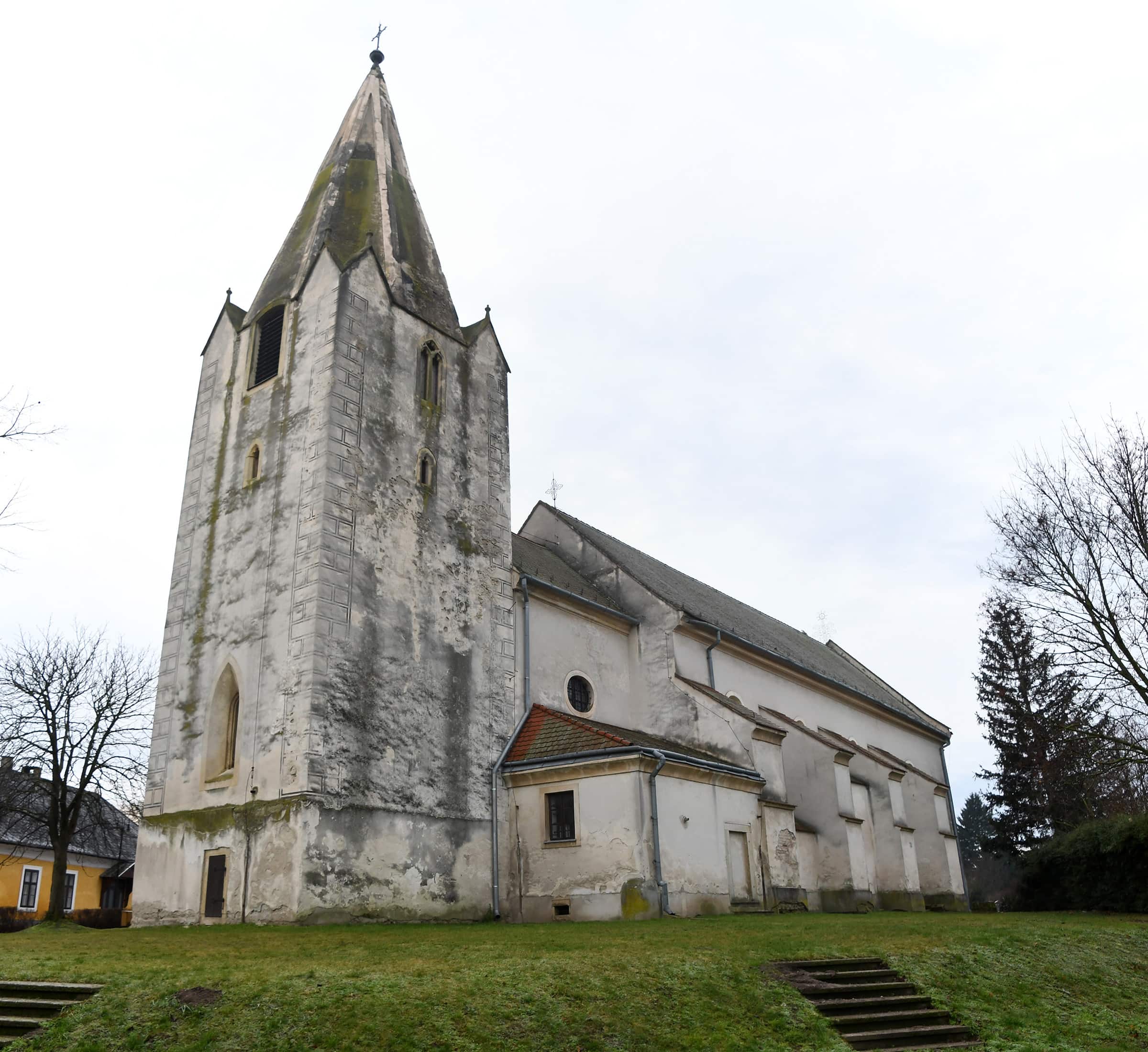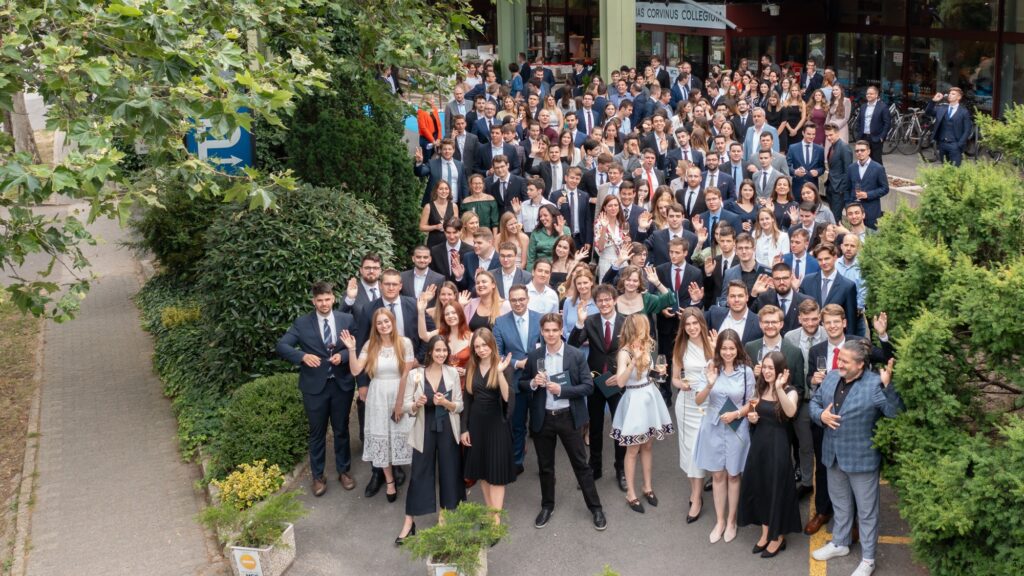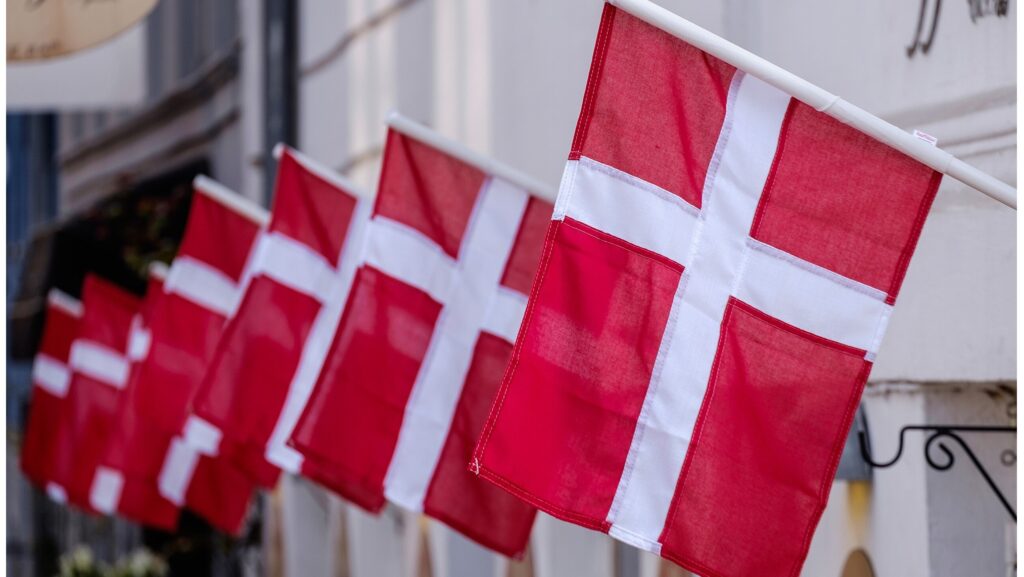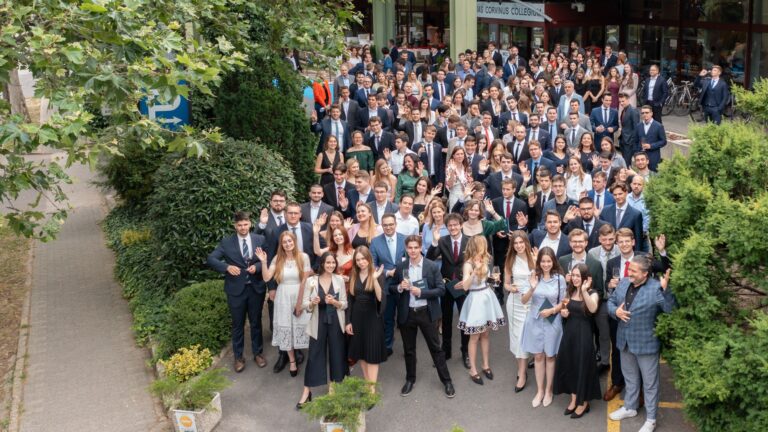Since the appearance of the COVID-19 on the Old Continent in February 2020, the official countermeasures in Slovakia have been among the strongest, even in European terms. From November 2020, the Government even decided on a mandatory antigen testing for the general public, which—despite being a unique experiment—has provoked strong resentment. Because of the rapid spread of the virus, cross-border interoperability has also been temporarily discontinued. In order for someone to physically enter the Slovak Republic without being mandatorily quarantined, detailed medical preconditions had to be met. As anywhere else in the world, thousands of people—living in close proximity to the state border—commute on a daily basis to the neighbouring country for employment, business, entertainment or educational purposes. In case of Slovakia, this phenomenon is common among members of the Hungarian community, which makes up approximately eight per cent of the total population and their majority is situated along the Southern borderline. However, when it comes to entry restrictions due to the COVID-19 situation in the Slovak mainstream media, this mass is far not the loudest. In such discussions, inhabitants of a Hungarian village called Rajka come to the limelight. Why is that so? What makes this place so special?
Rajka is an ordinary settlement situated in the Northeast of Hungary close to the Slovakian and Austrian border. Until the accession to the European Union, this village did not differ from any other rural settlements. After 2004, however, things changed. At that time Rajka had two main specialities. Firstly, the village centre was about a 25-minute drive from the main square of the Slovak capital. The second peculiarity was connected to real estate prices which were low, especially when compared to the ones we can find in Bratislava. The lucky combination of the two aforementioned factors made Rajka a desirable target for Slovaks looking for an ideal place to settle down without the need of changing their employment or getting indebted for an entire lifetime.
In recent days, Rajka is the only settlement in Hungary with most of its population being a citizen of another country
While prior to both nations’ EU accession in 2004 it was only a small village inhabited by Hungarian citizens and German nationals, the ratification of the Schengen Agreement in 2007 by both states made it a much more attractive destination for those people who work in Bratislava, but willing to live among peaceful conditions in the countryside not far from the teeming urban downtown. This desire directly led them to Rajka, where real estate prices are much below the Bratislava average and the traffic is also unobstructed in that direction. As it usually is, both the economic and pragmatic ideas have attracted many followers. Since more and more Slovaks have decided to purchase a real estate in Rajka, the village has completely changed in every perspective. As individual income in a capital is much higher than in the rural outskirts, newcomers have beaten the prices and acquired properties and construction sites, which locals could no longer afford. As a result, many original residents have decided to move on, to sell everything they have and leave. Their properties were dominantly purchased by the new settlers, who could thus create excellent garden town conditions for themselves from less than the price of a dilapidated three-bedroom apartment in Bratislava. By 2021, the number of Slovaks living in Rajka has exceeded that of Hungarians. The biggest chasm between the old and new settlers is the difference in language, which neither of the parties aim to overcome. This insurmountable, separating barrier has led to the development of two parallel societies within one residential community. During the last decade a new, independent Slovak district grew out of the ground where Hungarians are not present at all, at the same time, however, the old houses of the traditional quarter are constantly being purchased by the newcomers. Due to this, the ethnic ratio of the village has gradually turned around and the majority has become citizens of Slovakia. Most of them think about this settlement only as their permanent accommodation and do not wish to participate in its cultural or community life. They work, entertain themselves and live their social lives in Bratislava and their children are also taken there to school. However, the proportion of Hungarian and Slovak children in the local kindergarten is around 50 per cent. The old settlers kept their original lifestyle, but on a bit higher price range.
Local politics has a high importance in the life of every settlement. Not just the mayor himself, but the composition of the representative council might have an enormous impact on common issues. Since the accession to the European Union, on the level of settlements, no citizenship of the given country is needed to engage in local politics both actively and passively, only a permanent address, EU citizenship and, of course, the support of the community is necessary for that. Until recently, there were only a few Slovak venturers seeking political goals in Rajka, all without success. However, in the future, this may change. Until the eruption of the epidemic in 2020 thousands of foreigners had lived in Rajka without officially becoming its resident. The countermeasures for the spread of the virus, respectively the border closure on both sides forced these people to register as permanent residents, officially modifying the national ratio of the two nations. From now on, if Slovaks in Rajka aim to pursue local political goals, even giving a mayor to the settlement, by organizing their lines, the chance for doing so will be given. How the old settlers may react to this is unclear. Local inter-community relations partially reflect the state of bilateral high politics. In this field, Slovak-Hungarian tensions peaked around 2009, when even the President of Hungary László Sólyom’s entry to Slovakia was denied by the country’s nationalist leadership. Unfortunate political acts like this always affect the interpersonal relationships on the lowest level, especially in a location where coexistence is an everyday reality. Today the Slovak-Hungarian bilateral relations are excellent. In Rajka, the members of the two communities live side by side, but not together.
Although today Rajka is in the limelight, this may change soon. The aforementioned events are being repeated in Eastern Hungary as well, where small villages like Pányok and Kéked are continuously becoming outskirts of the Eastern Slovakian city, Kosice. Because of the need of registration due to the epidemic, just under one year the population of Pányok has raised by 60 per cent and Kéked by 40 perc ent. This is a clear proof that regionalism also works in the Eastern part of the European Union. Whether this all becomes a source of tension or not, is a matter of the future.
Sources
BALIZS, Dániel – BAJMÓCY, Péter: Cross-Border Suburbanisation Around Bratislava: Changing Social, Ethnic and Architectural Character of the “Hungarian Suburb” of the Slovak Capital. In. Geografický časopis, vol. 71, no. 1. ˂2019˃ Access: https://www.sav.sk/journals/uploads/03291017Balizs,%20Bajmoci.pdf (07/19/2021)
CSÉFALVAY, Attila: A határon inneni települések is szépen lassan Pozsony elővárosai lettek. In. Telex.hu ˂03/17/2021˃ Access: https://telex.hu/belfold/2021/03/17/rajka-szlovakok-ingazas-koronavirus (07/19/2021)
FABÓK, Bálint: Magyarország legfelkapottabb települései közé került két apró borsodi falu. In. G7.hu ˂05/31/2021˃ Access: https://g7.hu/elet/20210531/magyarorszag-legfelkapottabb-telepulesei-koze-kerult-ket-apro-borsodi-falu/(07/18/2021)
KALAN, Dariusz: In Hungary, Slovakia’s ‘first colony’ thrives. In. Balkaninsight.com ˂10/16/2019˃ Access: https://balkaninsight.com/2019/10/16/in-hungary-slovakias-first-colony-thrives/ (07/17/2021)
KISS, Bartalos Éva: Rajka: összetartóbb a szlovák negyed. In. Új Szó ˂12/01/2015˃ Access: https://ujszo.com/regio/rajka-osszetartobb-a-szlovak-negyed (07/19/2021)
TORONTÁLI, Zoltán: Ilyen a békés magyar-szlovák együttélés: van is, meg nincs is. In. HVG.hu ˂03/20/2017˃ Access: https://hvg.hu/gazdasag/20170320_Ilyen_a_bekes_magyarszlovak_egyutteles_van_is_meg_nincs_is (07/19/2021)








